|
Television Experimenters.com
About
"Using Early and modern technology to produce television images"
c/o Peter F. Yanczer, 835 Bricken Place
Warson Woods, Missouri, 63122-1613 USA |
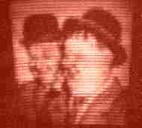
|
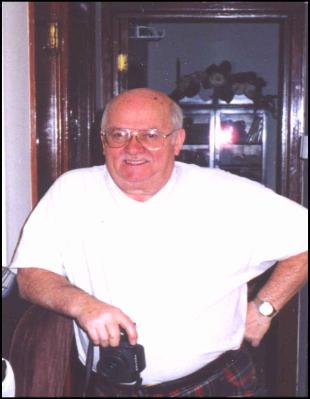 |
|
Every now and then, something from the first television boom period (1928-1932) turns up. More often than not, it was built by an experimenter of the day and used for
tuning in the magical television signals being broadcast here and abroad. It was a fascinating time for experimenters. The experimentation continues to this day and those of us involved experience the same thrills and disappointments as did the television pioneers so many years ago. It is fascinating to watch and witness in our
time, the same reactions that occurred some 75 years ago.This site is intended for those of you with more than a passing interest in television history and the hardware
that produced the images. Visit the various pages and see if they don't heighten your interest. Until it happens, you can't imagine the thrill of your seeing an image form on
apparatus that you've put together yourself. Especially after many hours of design and re-design both mental and actual. This is never a simple endeavor and that is part of what makes it so special. It is my sincere hope that you will join with me and others to experience this for yourself. Thanks for visiting and come back often. |
Who is Peter Yanczer?
I'm retired and living in Warson Woods, a small town, just west of St. Louis, Missouri. I've worked in the electronics industry for more than fifty years, beginning as a technician servicing radios and later televisions. During the Korean war, while in the Navy, I went through their Radar School. After returning to civilian status, for eleven years I taught Electronics in a local trade school and later began working in the aerospace industry. I started as an engineering technician and from there advanced into various engineering areas. My responsibilities included electrical design, testing and troubleshooting, tech writing, equipment integration and calibration, circuit design with a specialty in radar, reliability, maintainability, equipment and personnel safety and environmental test and evaluation of military equipment for the Armed forces. I also had laboratory level managerial responsibilities in each of these areas. I too am a fully trained machinist with the necessary skills, tools and experience to do precision work. Various hobby activities over the years have contributed to these skills. I am a graduate of two trade school courses, (Radio/Television & Machine Shop) and I have an Associates Degree in Electronics from Washington University in St.
Louis, Missouri. I hold an Advanced Radio Amateur license.My call is K Ø I W X |
. |
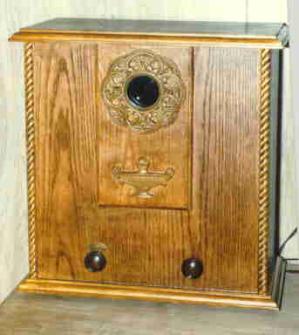 |
I became really interested in early television in about 1975, after seeing a demonstration by a friend of his "home made" mechanical television system. It was closed circuit, using Nipkow disks made from 12 inch LP records. The camera provided a 25 line image from 35mm slides or the shadow of a small one inch high figure of a slowly rotating ballerina figure. I decided, then and there, that I would like to do that too. And that is how I started!
I had several motors on hand and the scanning disks didn't appear to be hard to make. So I went into it full blast. Very early, I decided to build some sort of receiver cabinet and place it on display as part of an existing small collection of radios. As I recall, within three weeks I had this set finished and working. Previously, I had done a bit of reading on the subject, which I found very interesting and helpful, now that I was actually building a set. My set produces a 24 line image, the American standard format in the very early
years of television. Here is a photograph of the receiver. The scanning disk is aluminum and is 12 inches in diameter. This set remains on display and it continues to work very well. See the image below.
Like my friend, I built my set to scan a 35mm slide. I also included the provision to use a small figure as he did, rotated by a small clock motor. I prefer to use the slide, however the motion of a rotating figure appears to improve the resolution.
By the time I completed this project, I was "hooked". Now, some 35 years later, I believe I can say that I've done about a hundred projects, all related to early television. Some, like the first, I still have. Others were dismantled to salvage parts for the next project and still others were sold or traded to interested parties. Some of my work is in museums around the country. |
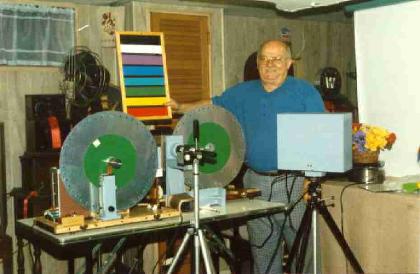 |
|
This photo shows an example of one of my projects
(1997-98).John Logie Baird of Scotland was the first to demonstrate television in full color. He accomplished this in Glasgow, Scotland on July 6, 1928. In commemoration of the 70th anniversary, I have developed a very similar camera and receiver, based on written information by John L. Baird,
and J. C. Wilson, his chief engineer on the project, as well as numerous others who witnessed his demonstrations. |
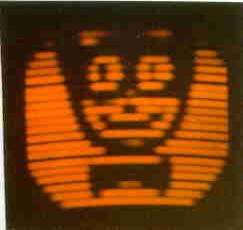
|
|
My camera like the original, is of the "flying spot" variety. Using drawings of the original as a guide, the two scanning disks are identical in size and function of the original Baird equipment and the video switching commutator on the receiver disk is also the same in form and function.
There are just two major differences in my equipment, as compared to Mr. Baird's. The first is that order to reduce the size and weight of the equipment, my signal amplifiers are solid state, developed specifically for this application instead of the tube types used in the
original. The second is that my receiver light sources consists of an array of red, blue and green light emitting diodes, whereas Mr. Baird used custom made gas filled lamps. However, it should be noted that the functions are exactly the same as the original in both instances. |
The center photo below shows the output color image on a color receiver, when connected to a EPROM pattern generator. It shows somewhat, the range of colors obtainable with this simple 15 line vertically scanned system. The use of the EPROM generator makes it possible to operate and test the receiver without using the companion flying spot scanner, which as it happens, will only operate in total darkness. Although, I built this EPROM generator, its design and the EPROM itself, are for the most part based on work done by Grant Dixon and other members of the Narrow Band Television Assn. (NBTV). The other two photos shown above are made using the flying spot camera. The two photos on the left and the center pictures are of my daughter Karen. The next to the right end photo is of a realistic looking toy parrot. The bird is about 12 inches high including its perch and it is very colorful.
The final photo presented here is of a bowl of fresh strawberries in a white bowl. Everyone that witnessed Mr. Baird's original demonstration in 1928, commented very favorably about the appearance of the strawberries. Keep in mind that this demonstration occurred at a time when the television images of the period were all reddish orange and black. There are no color photos of the images on the original Baird color television equipment. Those presented here are an attempt to show how they most likely would have looked to those that attended Mr. Baird's demonstration. The original pictures are each approximately one half inch wide and about one inch high, the very same as those seen on Mr. Baird's original equipment setup.
|
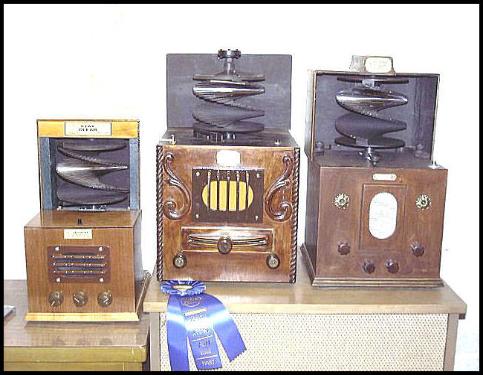
Mirror Screw television demonstrations by Peter Yanczer. This time it was done in
Litchfield, Illinois for a group of licensed Ham radio operators, who use television as their
means to communicate with each other. |
|
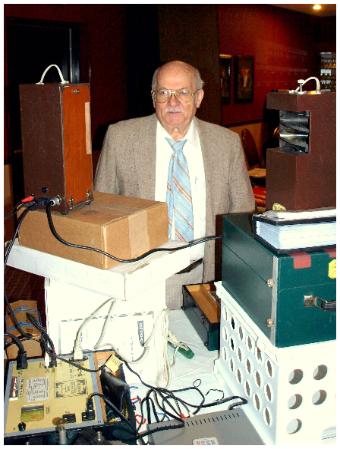 |

All rights reserved.
|